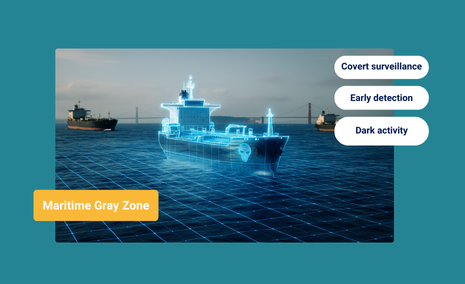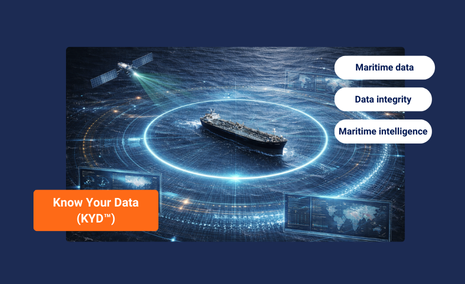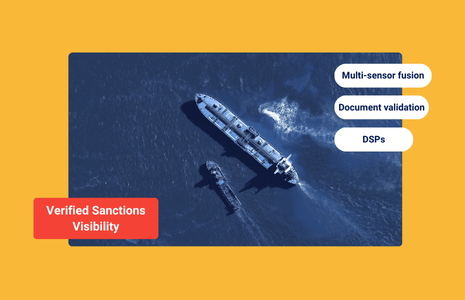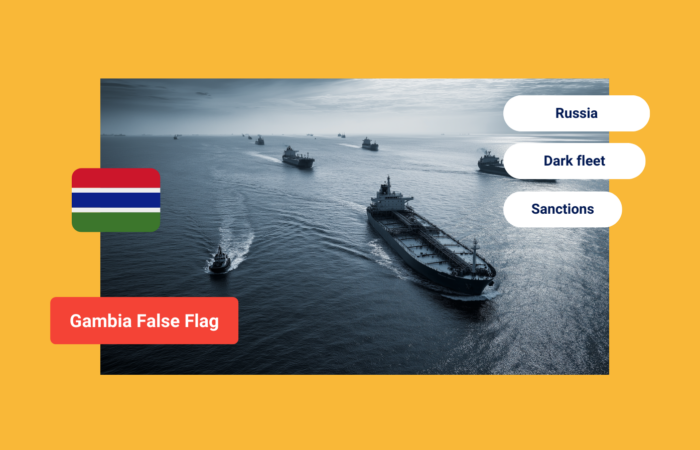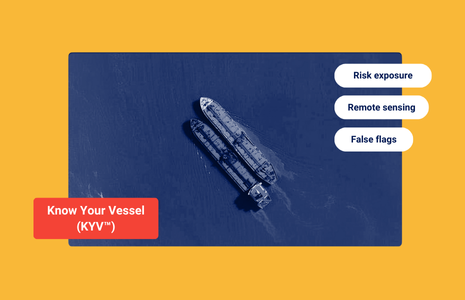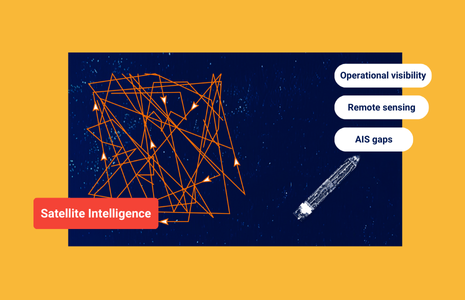Solving the AIS data availability problem
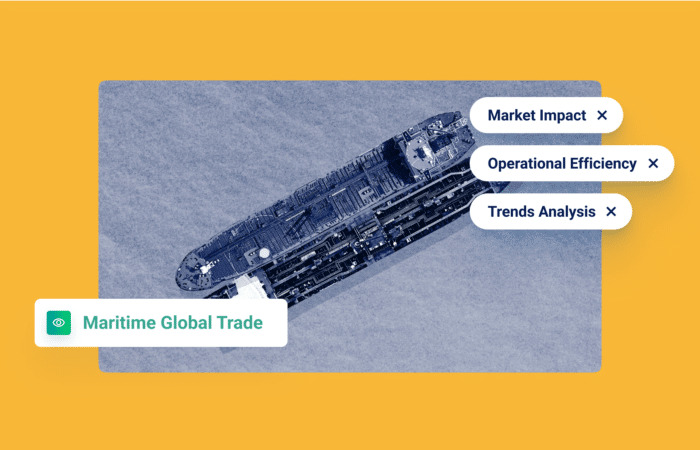
What’s inside?
The maritime industry is all too familiar with AIS (Automatic Identification System) transmission gaps. Literally and figuratively, these gaps leave stakeholders in the dark. To manage risk in this environment, maritime professionals look to AIS data providers. But having the right data points is only half the battle. Aggregating them in a meaningful way is the other.
Windward’s platform combines data from multiple sources to create a more comprehensive and extensive maritime risk overview. In the case of AIS data alone, we use five different sources — two coastal networks, two satellite constellations, and vessel-based AIS sources (V-AIS). The recent blackout of terrestrial AIS data in China is an excellent example of why having multiple data sources is key to providing accurate, consistent, and useful information.
What does this look like in practice?
The latest Chinese Data Security Law (DSL) and Personal Information Protection Law (PIPL) have resulted in a sharp drop in terrestrial AIS receiver data in the region. However, because we draw from multiple sources of AIS data, our customers haven’t experienced the same dramatic loss.
Dana Goward, the former director of the U.S. Coast Guard’s Maritime Domain Awareness Program, described the region’s blackout as “an unfortunate step backward for transparency in shipping.” Why? Without AIS data, tracking potentially suspicious or risky vessel movements and activity in and around China becomes a whole lot harder – but not impossible with the right combination of data.
You can see the differences in AIS coverage before and after the blackout in the image below. The first image on the left is from before the new China laws were passed. The second is after, without supplementary AIS data. The last image is Windward’s data coverage of the region, with significantly more AIS data availability, particularly in the circled areas.

In addition, you can see from the graph below that IMO vessel coverage has hardly been affected by the blackout (about 11% decline). So even without terrestrial AIS sources, our additional sources protected against significant loss.

What does this mean?
Only with the right tools in place can vessel activity be accounted for in the event of a data blackout. That’s why we continually collect, process, and store AIS data to analyze vessel movements and behaviors. Multiple AIS data sources help verify the authenticity and accuracy of the data. In addition, we maintain a data warehouse with historical data from January 2013, readily available for analysis.
Thanks to this, we have only seen a very slight impact due to the terrestrial AIS blackout. We are therefore able to help maintain regular business operations for our customers.
Contact us to learn more about how our AIS data coverage can help you enhance your risk mitigation process 👇
Recommended for you
Trending
- The EU’s 18th Sanctions Package Lookback Started. Trading Russian Products? You're At Risk. Nov 24, 2025
- Tanker Freight Rates Hit Five-Year High Amid Russian Oil Sanctions Shake-Out Nov 6, 2025
- Sanctioned, Stateless, and Still Sailing: Expert Insights from the Frontlines of Maritime Sanctions Nov 3, 2025

